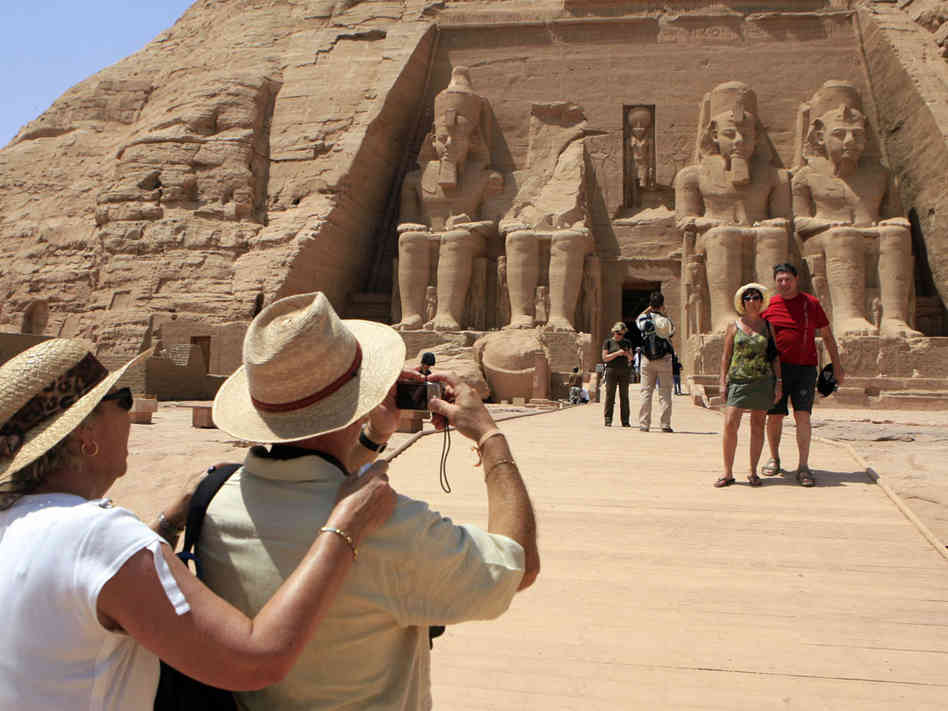Egypt’s Minister of Environment Yasmine Fouad announced on Monday the completion of the first phase of the Waste Information Management System (WIMS), which is being implemented within the National Solid Waste Management Programme, and in cooperation with the German Agency for International Cooperation (GIZ).
Fouad explained that Egypt has taken serious steps in waste management, within Egypt’s hosting of COP27, and Egypt’s tireless efforts in this regard, including Egypt’s launch of the National Climate Change Strategy 2050, which includes linking the reduction of greenhouse emissions.
She stressed that within the framework of the digital transformation in Egypt, the WIMS is an integrated institutional system for collecting, storing, and analyzing data related to waste management nationwide, by reducing paperwork as well as keeping and managing data securely and sharing it with third parties.
The first phase that has been completed includes the electronic issuance of licenses and permits for all companies working in the field of hazardous and non-hazardous waste management, in accordance with the provisions of Law 202 of 2020. The second phase is scheduled to include the establishment of an electronic system for grievances for companies that have been Refusal to issue licenses for it, an electronic system for the management and tracking of hazardous waste, and another for the management and tracking of non-hazardous solid waste.
The third stage includes the establishment of a website for the Waste Management Regulatory Authority.
The Minister of Environment further added that one of the most important features of this system is the use of data and its easy sharing, communication and cooperation with citizens and external communities of interest, gaining awareness, enabling information-based decision-making, evaluating alternative solutions, creating optimal designs, discovering, identifying and predicting trends and patterns to improve results.
It also allows tracking and managing assets and resources, in addition to managing and enabling the collection and access of information on the site and dealing with maps and visual representations.








